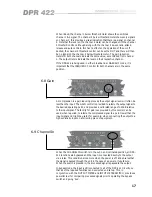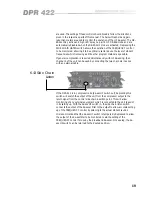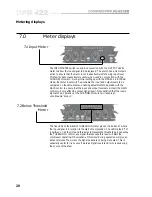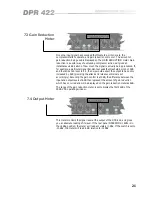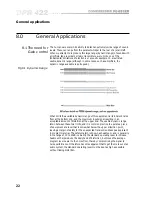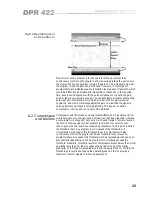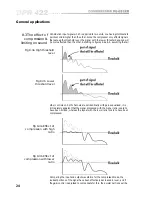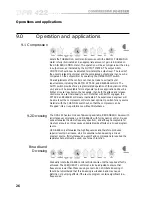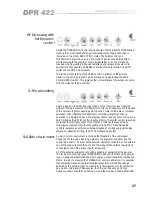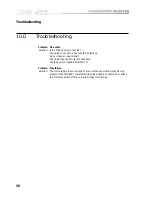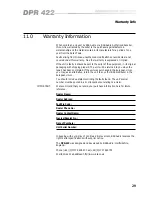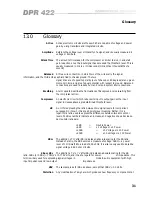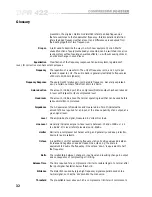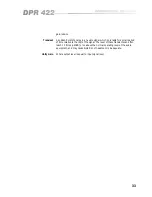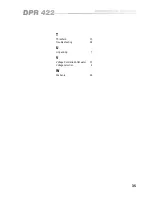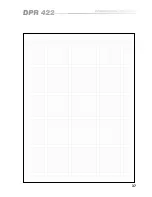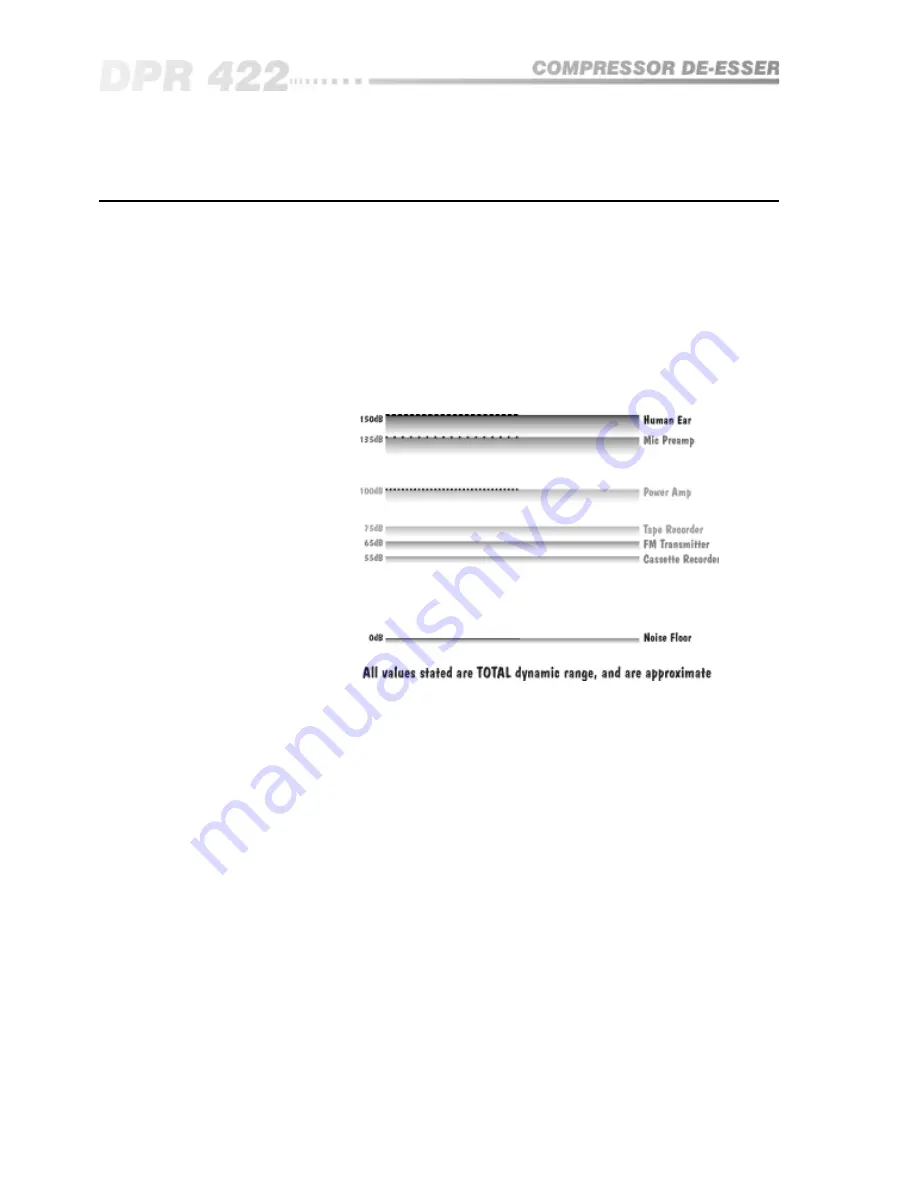
22
The human ear excels in its ability to detect an extremely wide range of sound
levels. These can range from the quietest whisper to the roar of a jet aircraft.
When we attempt to reproduce this large range (dynamic range) of sounds with
amplifiers, tape recorders or radio transmitters, we run into one of the
fundamental limitations of electronic or acoustic equipment - a restricted
usable dynamic range (although in some cases, such as amplifiers, the
dynamic range available is quite good).
What limits the available dynamic range of this equipment is its inherent noise
floor at the bottom end, and the maximum input signal resulting in an
acceptable amount of distortion at the upper end. The usable dynamic range
sits in between these two limits, and it is common practice to operate a piece
of equipment at a level that is somewhat below the upper distortion point,
leaving a margin of safety for the unexpected transient loudness peaks present
in program material. The safety margin is known as headroom, and is generally
in the range of 10 to 20dB. Lowering the standard operating level to increase
headroom helps reduce the likelyhood of distortion, but moves the average
program level nearer to the noise floor, thereby compromising the signal to
noise performance. It therefore becomes apparent that to get the most out of an
audio system, the standard operating level must be kept as high as possible
without risking distortion.
8.0
General Applications
8.1 The need for
Gain control
Fig 8.1 Dynamic Range
General applications
Содержание DPR 422
Страница 1: ...1 DPR 422 User Manual...
Страница 8: ...8 The DPR 422 Fig 4 2 Rear Panel Fig 4 1 Front Panel...
Страница 9: ...9 All numbers in bubbles refer to Section numbers...
Страница 36: ...36 User Notes...
Страница 37: ...37...
Страница 38: ...38 User Notes...
Страница 39: ...39...
Страница 40: ...40 User Notes...










